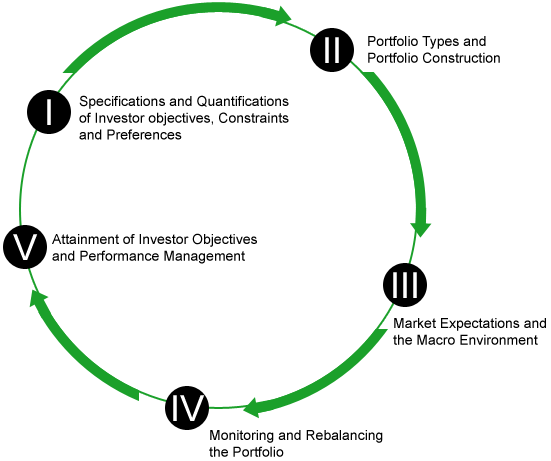Prior to implementing an investment program, careful consideration must be given to the investor’s specific objective and constraints. Each investor’s investment program objectives are goals that are generally defined in terms of return requirements and risk tolerance. The constraints are the investors limitations, such as liquidity, time horizon, taxes and legal matters, imposed on the portfolio manager within which the investor or his advisor must operate to achieve the program’s objectives. The investor’s individual preferences are constraints that are self-imposed and may be unique to the investor.
At Delta Capital Management, we believe that when we combine objectives and constraints we are able to develop a set of investment policies that are specific to our individual investors. In other words, behind all investment portfolios lay flesh-and-blood investors, each of whom is unique. We attempt to use this uniqueness along with a strict portfolio discipline to tailor your investments to your needs. Many portfolio investment considerations are qualitative, but all lead to a quantification of risk and return and ultimately to the development of an efficient portfolio geared to the specific needs and objectives of the investor.


